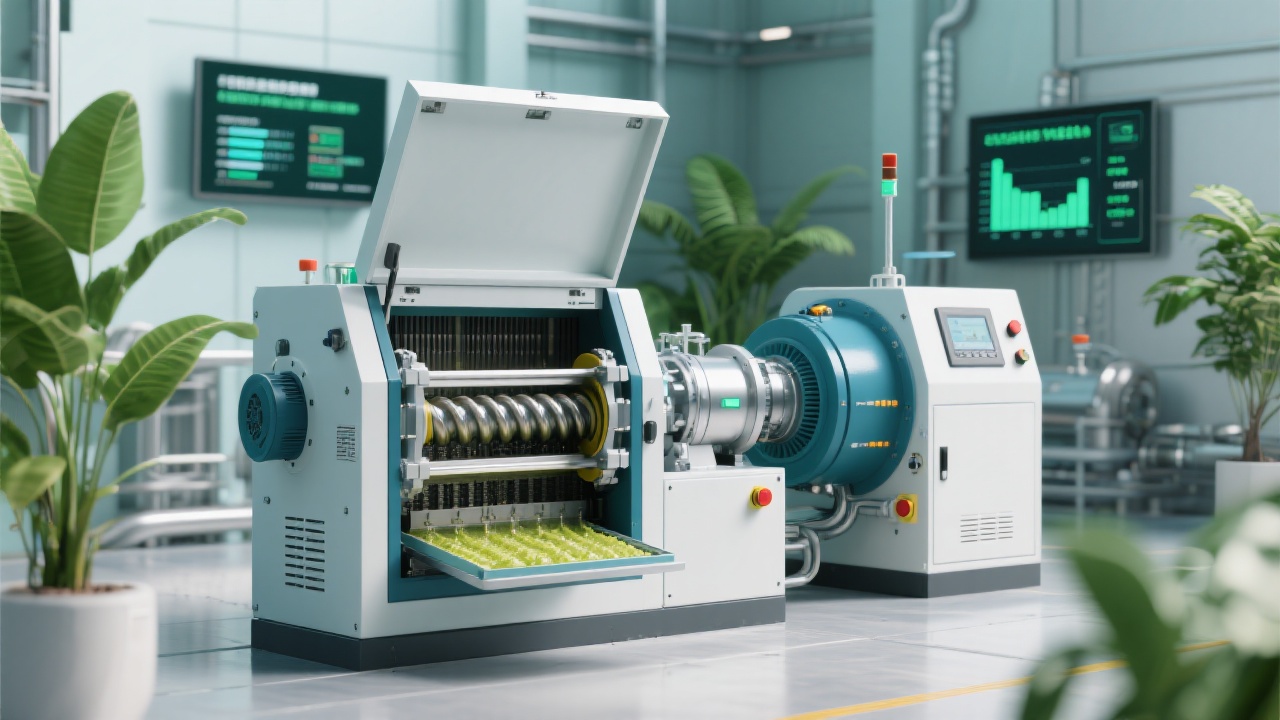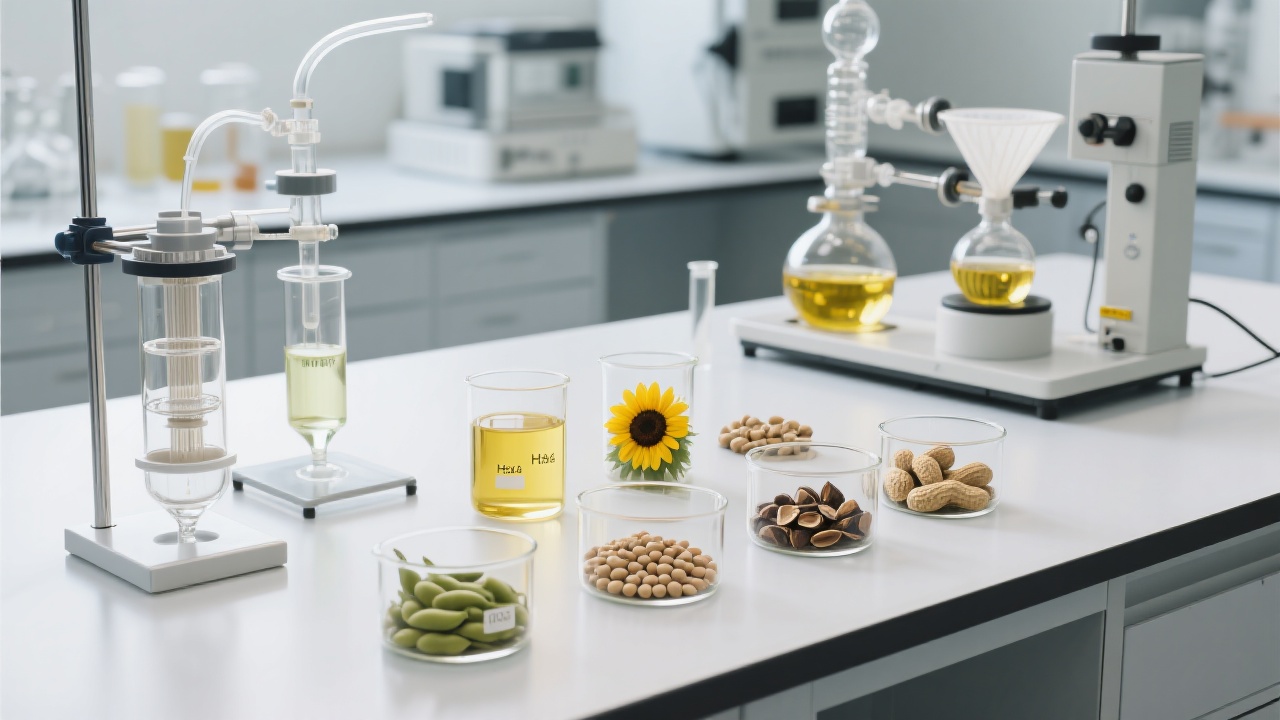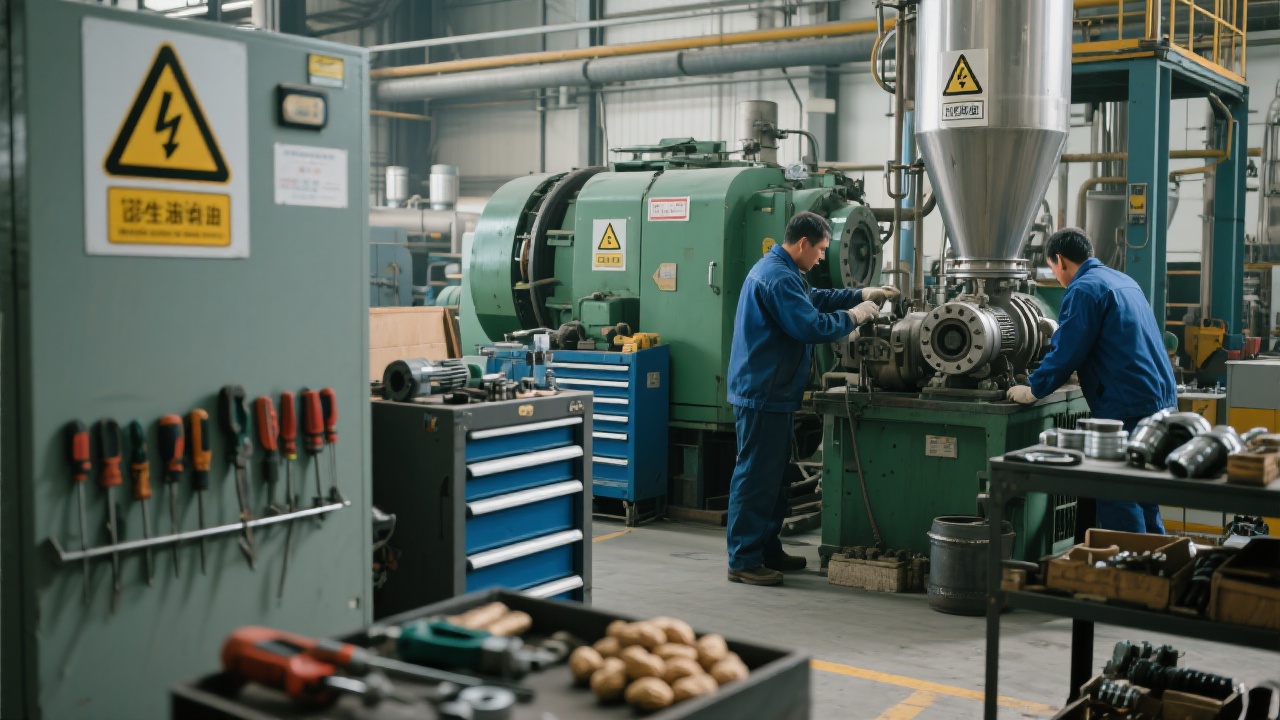In the rapidly evolving landscape of edible oil production, sesame oil manufacturers face mounting pressure to improve both yield and quality to meet stringent international standards. Drawing on extensive industry experience and real-world case analyses, this article elucidates five crucial technological factors that optimize sesame oil production—empowering enterprises to scale efficiently and stand out in competitive global markets.
A fully enclosed sesame oil production system significantly reduces contamination risks and product oxidation, preserving delicate flavor compounds and nutritional value. Case studies highlight that adoption of such systems can reduce microbial contaminants by up to 85%, elevating product shelf life by 30%. Modern enclosed workflows integrate pneumatic transporting of raw sesame seeds and vacuum pressing, maintaining an oxygen-deficient environment that curtails rancidity.

Energy consumption constitutes a major operational cost in sesame oil plants. Integrating high-efficiency motors, heat exchangers, and waste heat recovery systems cuts energy usage by approximately 20–25%. For instance, a mid-sized factory reported an annual saving of 150,000 kWh after upgrading to regenerative thermal oxidizers and variable-frequency drives on pressing units. These enhancements not only reduce expenditure but also align production with environmental compliance often mandated by export regulations.
One-size-fits-all machinery seldom yields optimal results. Customization tailored to sesame seed origin, moisture content, and batch size is essential. For example, high-oleic sesame varieties require precise temperature control during roasting to maximize oil yield while retaining antioxidants. A customized solution deployed by a Southeast Asian client, which involved programmable logic controllers (PLC) for roasting time adjustment, resulted in a 12% increase in extractable oil compared to standard settings.

Automated in-line sensors measuring moisture, temperature, and free fatty acid levels enable consistent product quality. Data from a factory utilizing real-time monitoring and feedback loops demonstrated a 15% reduction in off-spec batches within six months. By integrating these technologies, factories can promptly react to deviations, ensuring each batch meets parameters critical to compliance with standards such as ISO 22000 and HACCP.
The integration of solvent-free cold pressing combined with residual seed cake valorization contributes to both environmental responsibility and profitability. Technologies enabling oil extraction up to 72% yield without chemical solvents meet consumer demand for natural products while minimizing hazardous waste streams. Case data revealed a plant achieving 18% reduction in waste volume and simultaneously generating secondary revenue streams from protein-rich cake as animal feed.

| Technology Aspect | Yield Improvement (%) | Energy Savings (%) | Quality Consistency (Reduction in Rejects %) | Sustainability Impact |
|---|---|---|---|---|
| Fully Enclosed System | +10 | N/A | -20 | Moderate (Better hygiene) |
| Energy Efficiency Upgrades | N/A | 20-25 | N/A | High (Lower emissions) |
| Tailored Processing Solutions | +12 | N/A | -15 | Variable |
| Automated Quality Control | N/A | N/A | -15 | Moderate (Less waste) |
| Sustainable Waste Valorization | +5 | N/A | N/A | High (Waste reduction, secondary revenue) |
Summary: Enterprises aspiring to elevate sesame oil quality and throughput must adopt a holistic approach that integrates advanced closed-system processing, energy-efficient technologies, customized production parameters, automated quality assurance, and sustainable waste management. This multi-faceted strategy generates measurable improvements—typically a 10–12% increase in oil yield, up to 25% energy savings, and significant reductions in off-spec production.
Aligning with these standards also facilitates compliance with global food safety regulations, thereby unlocking access to premium international markets with higher margins.
Interested in tailored solutions to boost your sesame oil production efficiency? Discover How Our Advanced Technology Can Transform Your Plant Today


